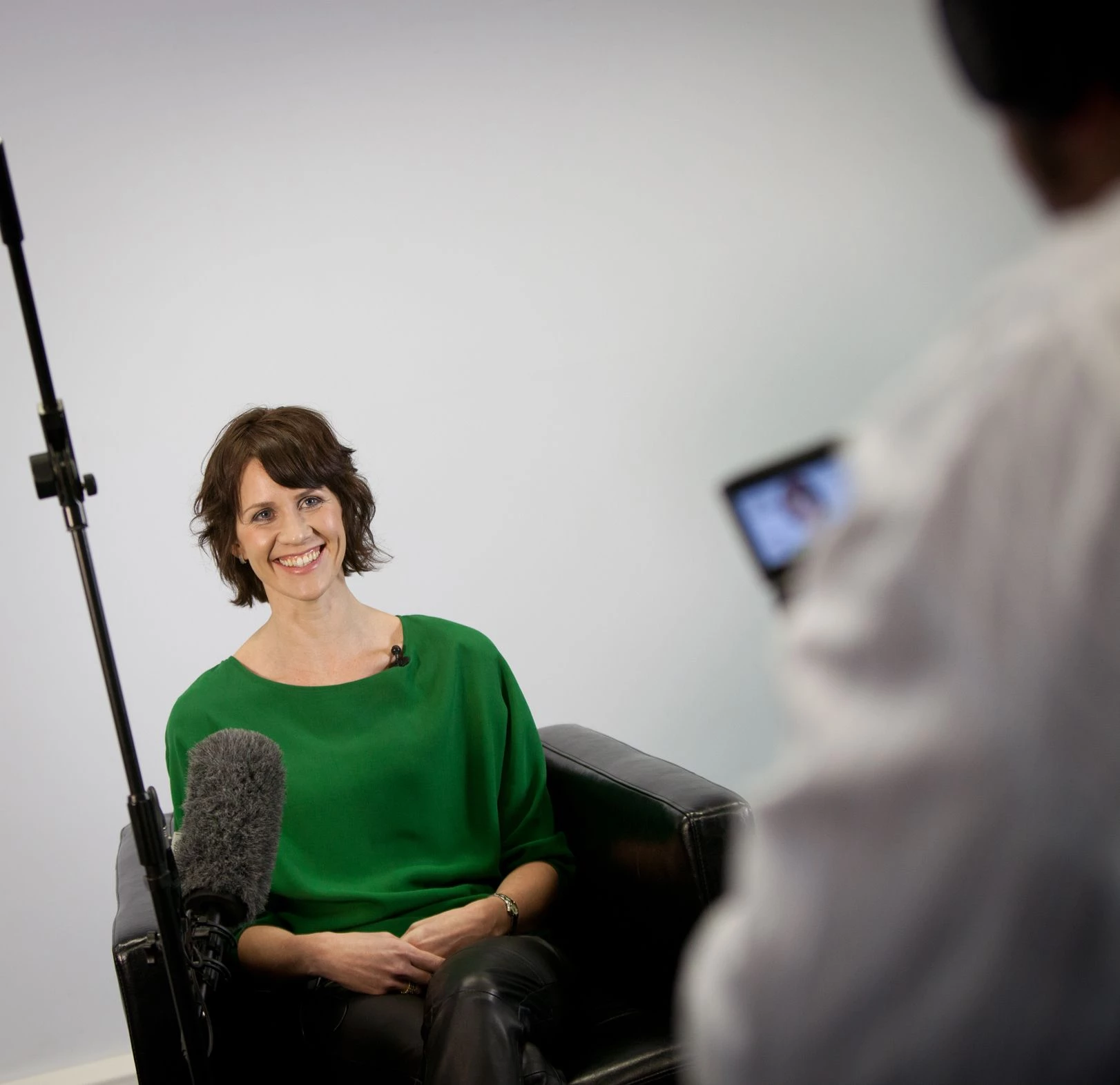
Partner Article
Could a pop-up top up sales?
With Christmas fast approaching and slow high street sales, retailers may well be wondering how to generate some buzz and shift more stock without incurring high advertising costs. They should look no further, for a pop-up store could be the perfect way to boost the bottom line.
A trend that first appeared in the US back at the turn of the millennium, the number of pop-ups shops has increased over the last decade having finally been recognized by many across the UK as a quick way to create additional demand and even generate column inches. Escalating the popularity of the pop-up has been the recession – with the increase in empty retail space, landlords have been more inclined to make space available for short periods on agreeable terms making it a cost effective option.
When you look at it closely, moving a company out into the community in this way is common sense. Although the fact that brands traditionally use PR and marketing to drive footfall at stores and online will never change, those now enjoying the greatest success are also taking their businesses to where their customers are, making access to products easier, simplifying the purchase process and introducing new people to what’s on offer.
Pop-ups also offer other benefits, for example businesses looking for a new home can significantly reduce the risk of failure by testing a new location in advance.
Lisa Mitchell, owner of Escape Boutique in Whitley Bay successfully launched a pop-up sale shop. She said: “We have a store featuring two distinct fashion lines that include clothing, footwear and accessories for stylish working Mums and the trend-conscious over 50s.
“We secured a second building this summer with a view to opening a menswear store in Spring 2013. With a full season to wait it seemed an ideal opportunity to open a pop-up shop. Primary reasons were to clear end of lines from previous seasons, promote the Escape Boutique brand to a new customer base and raise awareness of new menswear store, building the momentum for its opening in the New Year. It’s been a brilliant move for us and we’ve not looked back since.”
With good planning and a relatively small amount of budget, pop-ups are ideal for introducing customers to the ‘brand experience’. Samples and give-aways can be handed out, products can be tested, tickets for events can be sold and music and the shop environment can all be used to create positive associations. What’s more, pop-ups don’t have to be housed in a bricks and mortar environment but can be mobile. Buses and vans have many times over been used as moving showrooms, making it easier to target areas with lots of consumer footfall and keep the tills ringing consistently throughout the year.
With clever thinking, pop-ups can generate significant media interest too. As far back as 2003, Ebay saw the potential for exposure and successfully used the concept to reposition itself away from its ‘flea market’ image. Using only items purchased through the online auction and shopping site, it challenged six interior designers to furnish a New York penthouse. All the items could be bought from the website for a week following the competition after which the penthouse closed, having fulfilled its objectives and opened the brand up to a whole new customer demographic.
Despite all the positives, pop-up shops should nevertheless be treated with some caution. As with any PR and marketing activity, they need plenty of consideration and should only be implemented as part of a wider strategy. The concept also needs to be financially viable. Although offering plenty of opportunity, there are costs attached with taking and dressing units as well as publicizing them and there is always the possibility goods won’t sell.
Always weigh up the options, however with careful planning and clever choices where locations and products are concerned, there is no reason why the right pop-up shop couldn’t end up being a real Christmas cracker for the retail trade.
This was posted in Bdaily's Members' News section by Sarah Waddington .
Enjoy the read? Get Bdaily delivered.
Sign up to receive our daily bulletin, sent to your inbox, for free.








 When will our regional economy grow?
When will our regional economy grow?
 Creating a thriving North East construction sector
Creating a thriving North East construction sector
 Why investors are still backing the North East
Why investors are still backing the North East
 Time to stop risking Britain’s family businesses
Time to stop risking Britain’s family businesses
 A year of growth, collaboration and impact
A year of growth, collaboration and impact
 2000 reasons for North East business positivity
2000 reasons for North East business positivity
 How to make your growth strategy deliver in 2026
How to make your growth strategy deliver in 2026
 Powering a new wave of regional screen indies
Powering a new wave of regional screen indies
 A new year and a new outlook for property scene
A new year and a new outlook for property scene
 Zero per cent - but maximum brand exposure
Zero per cent - but maximum brand exposure
 We don’t talk about money stress enough
We don’t talk about money stress enough
 A year of resilience, growth and collaboration
A year of resilience, growth and collaboration